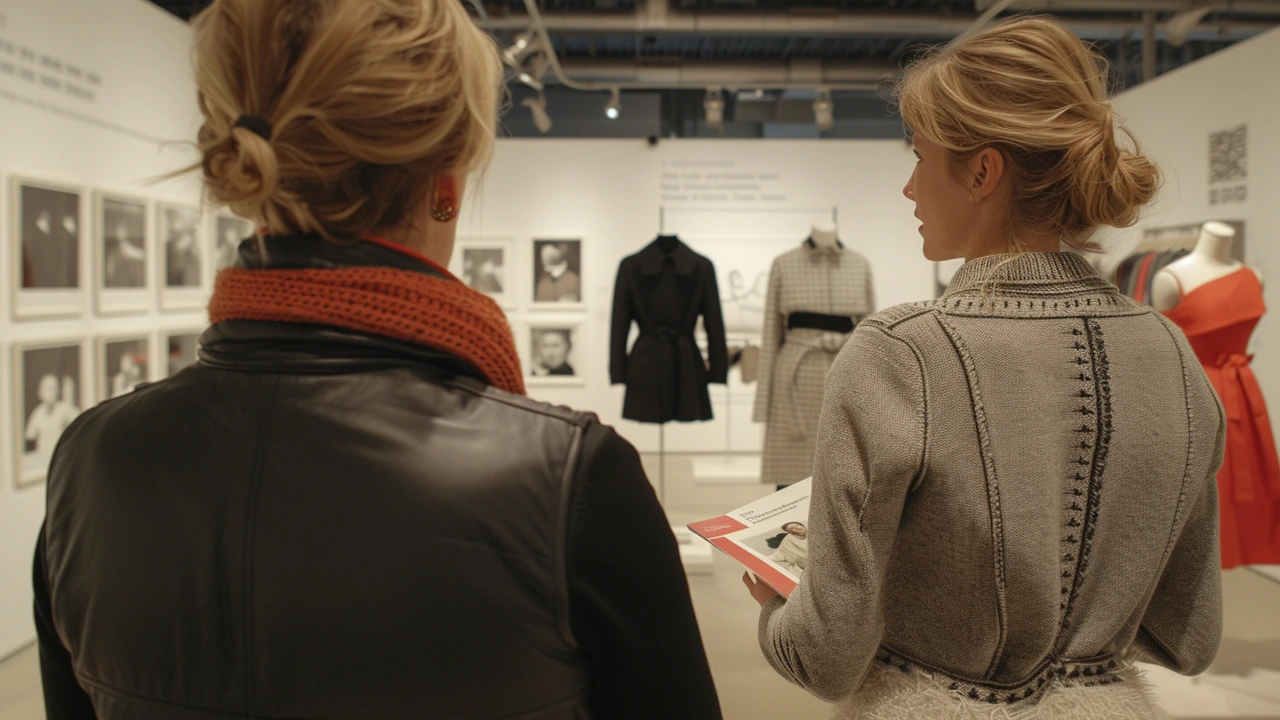Hey there, architecture enthusiasts! Have you ever marveled at the flowing, natural forms of Art Nouveau architecture? It's like an enchanting dance of structures, with every swirl and curve telling its own unique story. In this post, I'll unravel the remarkable world of Art Nouveau—a style that truly shook the foundations of traditional design. From the intricate facades to the ornamental details, I'm diving deep into the movement that brought flair and whimsy to the concrete jungles. So strap in, and let's explore the beauty that Art Nouveau has imprinted on our world's skylines.
Design Movement: Spot styles, learn fast, use what you love
Want to tell a Georgian house from a Beaux-Arts landmark without guessing? This tag page collects clear, short reads on major design movements—colonial, Renaissance, Bauhaus, Beaux-Arts, neo-futurism, constructivist, and more. Each linked article explains what the style looks like, where it came from, and how to use its ideas today.
Why this matters: styles are more than looks. They show how people used materials, solved problems, and expressed values. Knowing the basics helps you read cities, pick design details for a renovation, or brief an architect without sounding lost.
Quick guide: spot a design movement
Use this short checklist when you look at a building or a photo. It saves time and makes your impressions useful.
- Classical lines and columns? Think Greek Revival or Renaissance. Look for symmetry and stone columns.
- Heavy ornament, grand staircases, and theatrical facades? You’re near Beaux-Arts or Baroque.
- Clean planes, functional shapes, and minimal decoration point toward Bauhaus or International Style.
- Glass, visible steel, and tech-forward details usually mark High-Tech or Neo-Futurism.
- Bold angles, abstract shapes, and expressionist forms mean the designer wanted emotion over rules.
When you can name a few features, click the relevant article in this tag to get a clear photo, a short history, and practical tips for spotting variations in different countries.
How to use these articles for a project
Working on a renovation, a concept pitch, or just building knowledge? Here’s how to make these pieces work for you.
- Pick one or two movements that fit your goal. For a cozy home update, look at American Craftsman or Mediterranean Revival. For a city facade or public building, check Beaux-Arts or High-Tech.
- Use the articles to gather visual cues (windows, roofs, materials) and a short list of dos and don’ts.
- Save photos and short notes from each article. Designers respond to concrete references—bring images, not vague ideas.
- If you’re preserving a historic building, read articles on preservation tips within the same tag. They point to common pitfalls and easy wins.
If you’re curious about the stories behind a style, the tag groups pieces that explain cultural roots—how politics, tech, and local crafts shaped forms. Want practical examples? Open the articles on Colonial, Greek Revival, or Constructivist architecture. Each gives clear features and modern relevance you can use today.
Finally, use the search on this site to combine movements—type two names together (example: "Renaissance + Beaux-Arts") to see overlaps and hybrid ideas. That’s where fresh design often lives: a mix of old rules and new tools. Keep exploring; architecture rewards a curious eye.
Hello there, I'm thrilled to dive into the Bauhaus Style today - a revolutionary tidal wave that forever changed the face of modern art and architecture. We'll explore its roots and its profound influence on design education. Armed with a sense of curiosity and an eye for aesthetics, join me in reliving this groundbreaking period and getting to know the guiding principles that still shape our world. Stay tuned as we delve into the intricacies of this fascinating movement!


